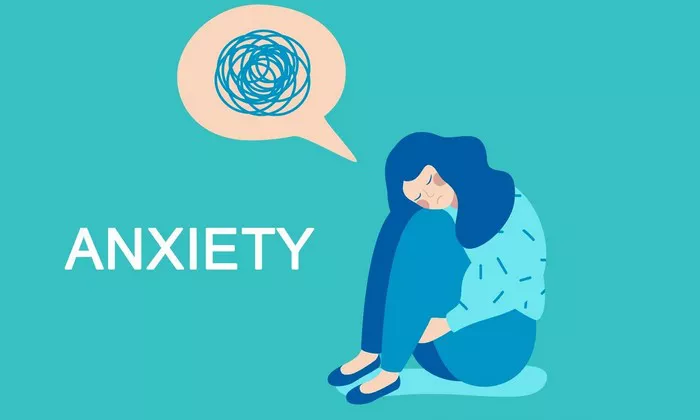Clinical depression symptoms in elderly individuals are often complex and challenging to identify, leading to potential underdiagnosis and inadequate treatment. As the aging population continues to grow, it becomes imperative to gain a deeper understanding of the signs and symptoms of clinical depression in older adults. Recognizing these manifestations is crucial for early intervention and improved quality of life for the elderly. In this article, we will delve into the intricacies of clinical depression symptoms in elderly individuals, exploring the nuances of their clinical presentation, common predictors, and various types of depression prevalent in this demographic.
The Complexity of Clinical Depression Symptoms in Elderly Individuals
Clinical depression symptoms in elderly individuals encompass a broad range of emotional, cognitive, and physical manifestations. While some symptoms may overlap with those seen in younger individuals, the elderly population often presents unique challenges in the identification and interpretation of depressive signs. Common emotional symptoms include persistent sadness, feelings of hopelessness, and a loss of interest in activities once enjoyed. Cognitive symptoms may manifest as difficulties in concentration and memory, exacerbating the challenges faced by older adults.
See Also:How to Help Individuals Struggling with Clinical Depression?
What are the 5 Depression Symptoms in Older Adults?
Persistent Sadness: Clinical depression symptoms in elderly individuals often manifest as persistent feelings of sadness or a pervasive low mood that persists for weeks or even months.
Loss of Interest or Pleasure: Elderly individuals experiencing clinical depression may show a diminished interest or pleasure in activities they once found enjoyable, leading to social withdrawal and isolation.
Changes in Sleep Patterns: Disruptions in sleep, whether it’s insomnia or excessive sleeping, can be indicative of clinical depression in older adults.
Appetite Changes: Significant changes in appetite, resulting in weight loss or gain, are common clinical depression symptoms in elderly individuals.
Fatigue and Low Energy: A pervasive sense of fatigue and low energy levels can impact the daily functioning of elderly individuals with clinical depression.
What are the Clinical Presentation of Depression in Older Adults?
The clinical presentation of depression in older adults extends beyond emotional and behavioral changes. Physical symptoms can also be prominent, often influencing the overall well-being of the individual. Persistent aches and pains, digestive issues, and a decline in personal hygiene may be indicative of underlying depressive states. Recognizing these physical manifestations is crucial for a holistic understanding of clinical depression symptoms in elderly individuals.
The Role of Cognitive Impairment in Clinical Depression Symptoms in Elderly Individuals
Cognitive impairment, common in the elderly population, can further complicate the clinical presentation of depression. Distinguishing between symptoms of depression and cognitive decline requires a thorough assessment by healthcare professionals. Memory loss, confusion, and difficulty in decision-making may be attributed to both conditions, necessitating a nuanced approach to diagnosis and treatment.
What are 4 Common Predictors of Depression in Older Adults?
Chronic Health Conditions: The presence of chronic health conditions, especially those associated with pain and functional limitations, increases the risk of clinical depression symptoms in elderly individuals.
Social Isolation: Older adults who experience social isolation or a lack of meaningful social connections are more susceptible to depression, emphasizing the importance of social support networks.
Loss and Grief: Bereavement and the loss of loved ones are significant predictors of depression in older adults. Coping with these losses requires tailored interventions to address the emotional impact on mental health.
Medication Side Effects: Some medications commonly prescribed to elderly individuals may have side effects that contribute to depressive symptoms. Regular medication reviews and adjustments are essential in managing clinical depression in this population.
Exploring the Types of Depression for the Elderly
Clinical depression in the elderly is not a one-size-fits-all condition, and various types of depression may manifest differently in this demographic. Understanding these distinctions is vital for accurate diagnosis and effective treatment. Common types include:
Major Depressive Disorder (MDD): Characterized by persistent and severe depressive symptoms, MDD can significantly impair daily functioning in elderly individuals.
Persistent Depressive Disorder (PDD): Formerly known as dysthymia, PDD involves chronic, low-grade depressive symptoms lasting for at least two years, with intermittent periods of more severe symptoms.
Bipolar Disorder: While less common in older adults, bipolar disorder can still manifest in late life, often requiring specialized treatment approaches to manage mood swings.
Seasonal Affective Disorder (SAD): Some elderly individuals may experience depression that follows a seasonal pattern, typically occurring during the winter months when exposure to natural sunlight is reduced.
Conclusion: Navigating the Landscape of Clinical Depression in the Elderly
In conclusion, understanding clinical depression symptoms in elderly individuals requires a comprehensive approach that considers emotional, cognitive, and physical aspects. Recognizing the predictors and types of depression specific to the elderly population is essential for healthcare professionals, caregivers, and family members alike. By fostering awareness and promoting early intervention, we can improve the overall mental health and well-being of older adults, ensuring they receive the support and care they need to lead fulfilling lives in their later years.
Related Topics:
Mild Depression: Treatment and Self-Care
9 Depression Symptoms to Look Out For
Why Do People Experience Feeling Sad at Night?


